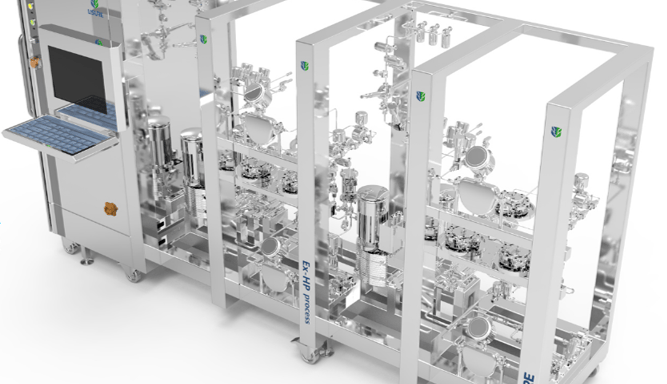Connected and Continuous Bioprocessing
Evaluating Process Intensification (PI): Focusing On Tangible Fundamental Benefits
5/15/20252 min read
Introduction to Process Intensification (PI)
Process intensification (PI) is an approach that aims to make chemical processes more efficient and cost effective. Traditionally, evaluations of process intensification have heavily relied on convoluted economic arguments and vague cost saving data rather than common sense actual benefits. This article seeks to redirect the conversation towards more tangible metrics that are rooted in traditional chemical engineering that are crucial in determining the success and viability of process intensification.
Rethinking Evaluation Criteria
When assessing process intensification, rather than merely considering vague cost saving data without complete context, it is beneficial to analyze the impact on three fundamental criteria rooted in traditional chemical engineering: equipment footprint, processing cycle time, and yield/recovery. The focus should shift from batch versus continuous to a deeper understanding of engineering fundamentals that drive efficiency and effectiveness. For example, a smaller equipment footprint, while everything else remains the same, will always reduce the facility space required for operations, ultimately leading to lower overhead costs and a more streamlined workflow. A complicated economics calculation or argument will not change that.
Key Performance Indicators for PI Evaluation
To achieve a comprehensive evaluation of process intensification, these three essential performance indicators should be considered and can be evaluated without having to involving complicated calculation of plant accounting and manufacturing cost:
Reduction in Equipment Footprint: As processes become more intensified, the physical size of the equipment can decrease. This is vital, as it not only allows for more efficient use of space but also reduces capital investment and overhead allocation in facility infrastructure.
Shortened Processing or Batch Cycle Time: By refining processes and integrating continuous techniques, the duration required to complete processing can be significantly reduced. This increase in processing speed enables higher throughput and better resource utilization. Shortened processing time will lead to significantly less allocation of overhead in manufacturing accounting.
Yield Improvement in Reactions or Recovery Processes: One of the main goals of process intensification is to improve yields. Enhanced recovery processes lead to higher quality products and less raw material consumption, providing both economic and environmental benefits.
In conclusion, while cost savings data are important information, evaluating process intensification should not solely hinge on these numbers, which quite often come in vague form without a complete comparison basis or calculation scenario. Neither should the argument be only about continuous vs. batches. By focusing on more tangible improvements such as reduced equipment size, shortened processing times, and increased yields/recovery, engineering professionals can make more informed decisions about the viability and impact of intensified processes in their operations. Understanding these metrics allows for a more meaningful discussion regarding the true advantages provided by process intensification (PI).


